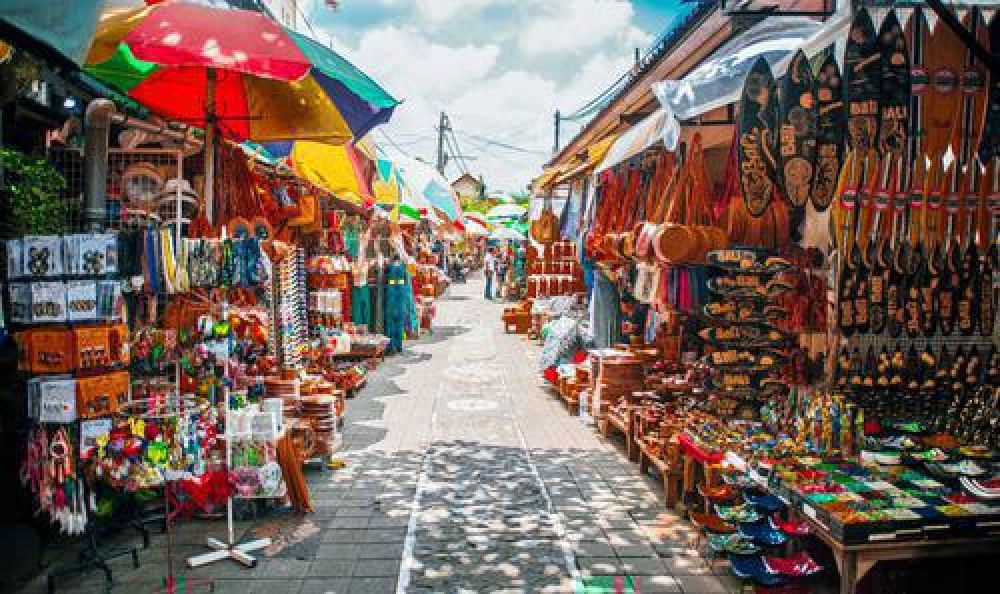

The quaint border town of Phuentsholing in Bhutan has long been an intersection of culture, trade, and tourism. Nestled at the foothills of the Himalayas, it lies adjacent to the Indian town of Jaigaon and serves as a gateway to Bhutan for overland travelers. Phuentsholing's history as a bustling market town has played a significant role in shaping the tourism industry of Bhutan.
The development of Phuentsholing as a touristic hub started gradually, as Bhutan began to open its doors to the outside world in the 1960s. The establishment of the Phuentsholing Market transformed the town into a vibrant trading center, attracting both locals and tourists alike. This pivotal market brought life to the local economy and contributed to the town's growing importance as a commercial and touristic entry point into Bhutan.
It wasn't until the 1970s that Bhutan officially formalized its tourism industry. The country's approach focused on sustainability and the principle of "high value, low impact" tourism to preserve its culture and environment. As the market town on the edge of one of Bhutan's key entry points, Phuentsholing became integral to these efforts, offering visitors a first glimpse of Bhutanese life and commerce.
Today, Phuentsholing Market remains a bustling center of activity. As tourists cross into Bhutan, the market serves as the initial encounter with Bhutanese commerce. Here, brightly colored stalls and shops offer a variety of goods ranging from traditional Bhutanese handicrafts to local produce and textiles. Bold aromas of spices and street food mix with the sounds of vendors and shoppers, offering an immersive sensory experience.
The latest trends in tourism in Phuentsholing reflect a growing interest in authentic cultural experiences. Visitors are increasingly seeking to connect with the daily life of the town beyond the market, engaging with local communities and exploring the spiritual heritage evident in the town's numerous monasteries and temples.
Phuentsholing has also seen a surge in sustainable and ecological tourism interest. Tourists are attracted to nearby conservation efforts, including the Amo Chhu Crocodile Breeding Center and the Royal Bhutanese Government's initiatives to protect the local flora and fauna.
In the digital age, Phuentsholing's tourism sector has adapted to cater to an online audience with the development of social media platforms, showcasing the market and local attractions. This digital presence helps potential visitors plan their journey, ensuring a memorable and well-informed trip to this unique town on Bhutan's frontier.
Phuentsholing Market is more than just a hub of trade; it is the heartbeat of a diverse and welcoming community. The town's blend of tradition and modernity, paired with its natural beauty and the warmth of its people, continues to leave an indelible mark on those who pass through. As tourism evolves, Phuentsholing remains steadfast as an essential prologue to the wonders of Bhutan.